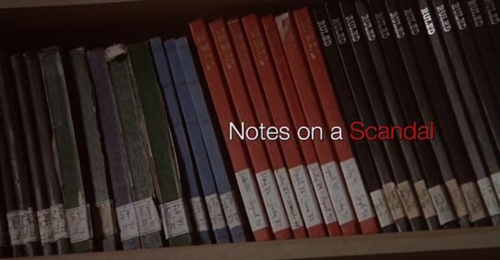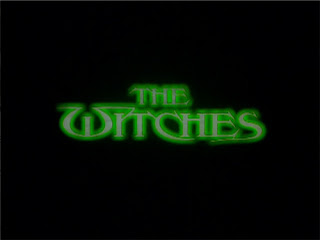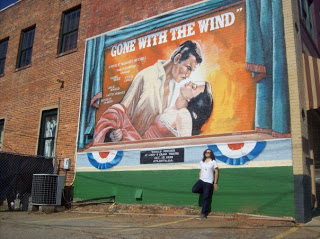Sheba is free-spirited and idealistic about her ability to make a difference in her pupils’ lives. Having been in the education system for decades, Barbara is slightly less optimistic. Despite their different schools of thought, when Barbara offers the fresh-faced Sheba disciplinary advice, a hopeful friendship develops between the two. Unknowingly, Sheba has consented to serve as a replacement for one of Jennifer, Barbara’s former friend who left under unclear circumstances.
Notes is a film that can be continuously (and pointlessly) picked apart in search of a clear protagonist and antagonist. Their relationship mirrors Newton’s third law: For every action, there is an equal and opposite reaction. When Sheba is guilty of infidelity and statutory rape, Barbara also becomes guilty of blackmail. When Sheba sees the best in others, Barbara does as well. When one woman keeps secrets, so does the other. Neither woman can be exclusively deemed saint or sinner.
“People like Sheba think they know what it is to be lonely. Bot of the drip, drip of the long-haul, no-end-in-sight solitude, they know nothing. What it’s like to construct an entire weekend around a visit to the launderette. Or to be so chronically untouched that the accidental brush of a bus conductor’s hand send a jolt of longing straight to your groin. Of this, Sheba and her like have no clue.”
While Barbara stagnates in her lonely past, Sheba is shrouded in the pleasantry of hers. In a parallel scene, she listens to Siouxsie and the Banshees while applying thick black eyeliner as her youthful lover stands near.
However, when Steven dons a hat that she’s made for her son, Sheba snaps. The children, the son with Down Syndrome and the adolescent daughter, come into focus. The illusion of the past becomes shattered.
Just as an aside, Juno Temple—the young actor who plays Sheba’s daughter—aces her role as a petulant daughter. For those interested in intense, incidentally homoerotic dramas about academia, loneliness and sexual taboo, her role in Notes on a Scandalevokes her performance in Cracks.)
- In her initial journal entries about Sheba, Barb expresses her belief that she is “the one”; that they could become “companions.”
- During a moment where Sheba is stressed, Barb runs her fingers up and down Sheba’s hands and arms, reminiscing on a time in her schooling where she and her female peers “used to stroke each other.” It makes Sheba uncomfortable.
- When Sheba discovers Barbara’s diaries during the height of her statutory rape scandal, she yells, “So what it it, Bar? You want to roll around the floor like lovers? You want to fuck me, Barbara?” (She also calls “Virginia-Friggin’ Woolf”, yet there are arguably more similarities between Barb and the protagonist of Radclyffe Hall’s “Well of Loneliness.”)
- Barbara is pre-occupied with gold stars.
Amid all the ambiguity, only one this is definite: Despite wanting all of her friend, there are still parts of herself which Barbara is unwilling to unveil.
***


















